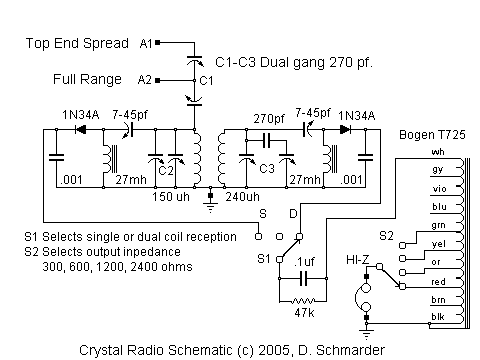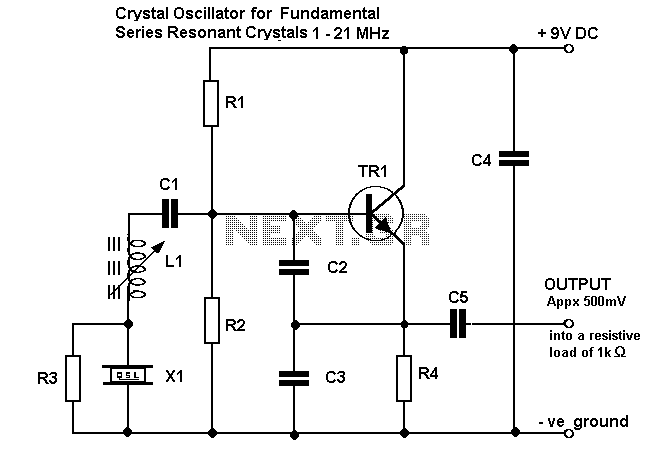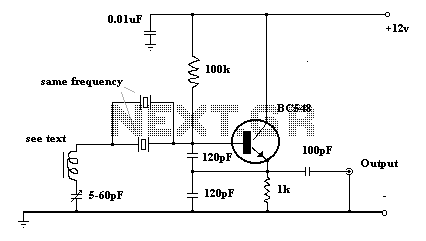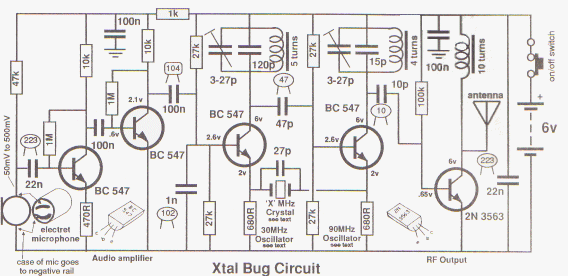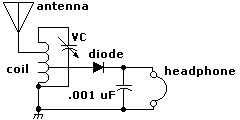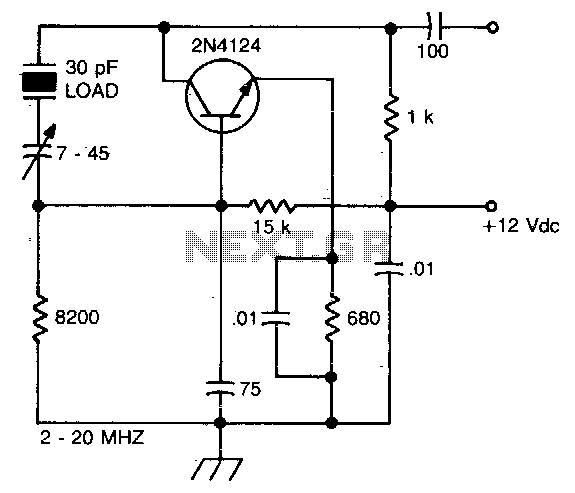
R1210 CRYSTAL OSCILLATORS

The RF2516 is a monolithic integrated circuit designed for use as a low-cost AM/ASK transmitter. It is offered in a 16-pin QSOP-16 package and is intended to serve as a phase-locked frequency source for local oscillator or transmitter applications.
The RF2516 integrated circuit is engineered to facilitate efficient transmission of amplitude-modulated (AM) and amplitude-shift keying (ASK) signals, making it suitable for various wireless communication systems. Its monolithic design allows for compact integration into electronic devices, reducing the overall footprint and component count required for RF transmission applications.
The 16-pin QSOP-16 package provides a standardized interface for easy integration into printed circuit boards (PCBs). The pins are configured to support essential functions such as power supply, ground, input/output signals, and control features necessary for optimal performance.
In terms of functionality, the RF2516 incorporates a phase-locked loop (PLL) architecture that enables precise frequency control. This feature is critical for maintaining signal integrity and minimizing frequency drift during operation. The PLL ensures that the output frequency remains stable, which is particularly important in applications where consistent signal transmission is required.
The device operates over a specified frequency range, making it versatile for various transmitter applications, including remote controls, wireless sensors, and other low-power RF communication systems. The low-cost design of the RF2516 allows for economical production, making it an attractive option for manufacturers looking to implement RF transmission capabilities in their products.
Overall, the RF2516 serves as a reliable and efficient solution for AM/ASK transmission, providing essential features for frequency stability and integration ease, which are critical in modern electronic communication systems.The RF2516 is a monolithic integrated circuit intended for use as a low-cost AM/ASK transmitter. The device is pro- vided in a 16-pin QSOP-16 package and is designed to provide a phased locked frequency source for use in local Oscillator or transmitter applications. By RF Micro Devices 🔗 External reference
The RF2516 integrated circuit is engineered to facilitate efficient transmission of amplitude-modulated (AM) and amplitude-shift keying (ASK) signals, making it suitable for various wireless communication systems. Its monolithic design allows for compact integration into electronic devices, reducing the overall footprint and component count required for RF transmission applications.
The 16-pin QSOP-16 package provides a standardized interface for easy integration into printed circuit boards (PCBs). The pins are configured to support essential functions such as power supply, ground, input/output signals, and control features necessary for optimal performance.
In terms of functionality, the RF2516 incorporates a phase-locked loop (PLL) architecture that enables precise frequency control. This feature is critical for maintaining signal integrity and minimizing frequency drift during operation. The PLL ensures that the output frequency remains stable, which is particularly important in applications where consistent signal transmission is required.
The device operates over a specified frequency range, making it versatile for various transmitter applications, including remote controls, wireless sensors, and other low-power RF communication systems. The low-cost design of the RF2516 allows for economical production, making it an attractive option for manufacturers looking to implement RF transmission capabilities in their products.
Overall, the RF2516 serves as a reliable and efficient solution for AM/ASK transmission, providing essential features for frequency stability and integration ease, which are critical in modern electronic communication systems.The RF2516 is a monolithic integrated circuit intended for use as a low-cost AM/ASK transmitter. The device is pro- vided in a 16-pin QSOP-16 package and is designed to provide a phased locked frequency source for use in local Oscillator or transmitter applications. By RF Micro Devices 🔗 External reference
